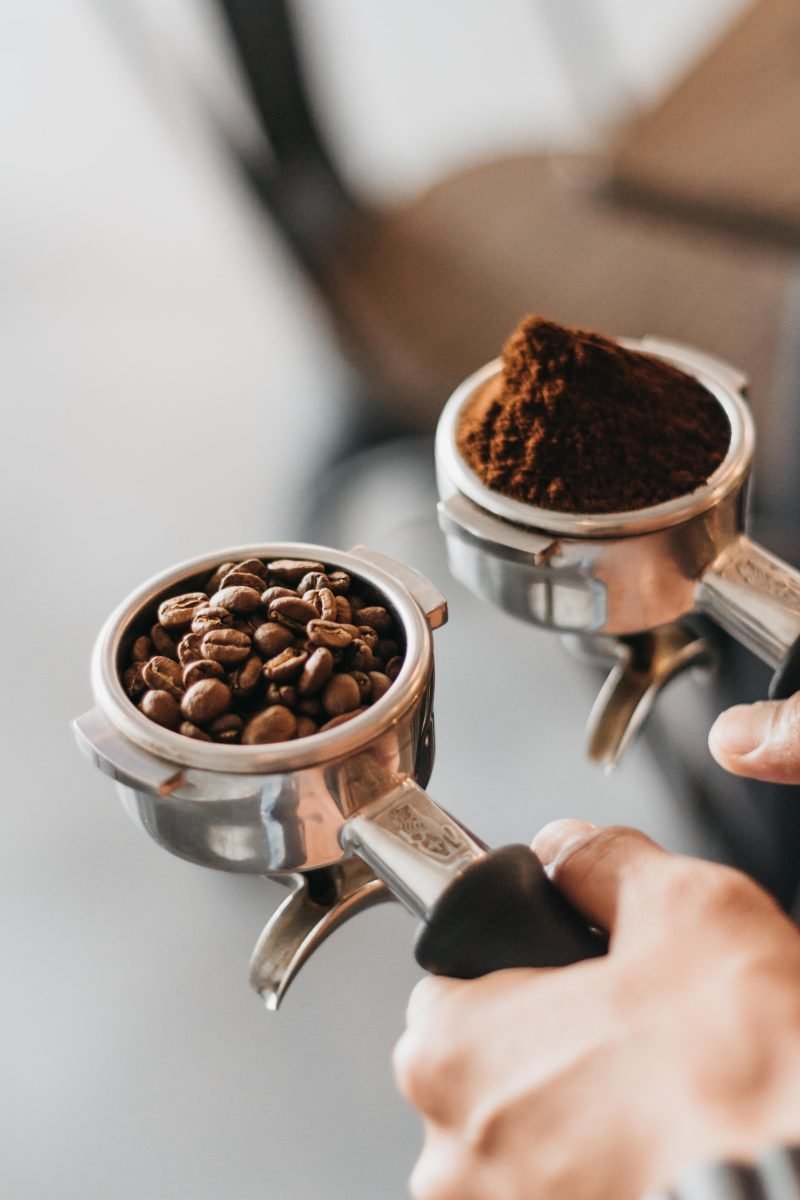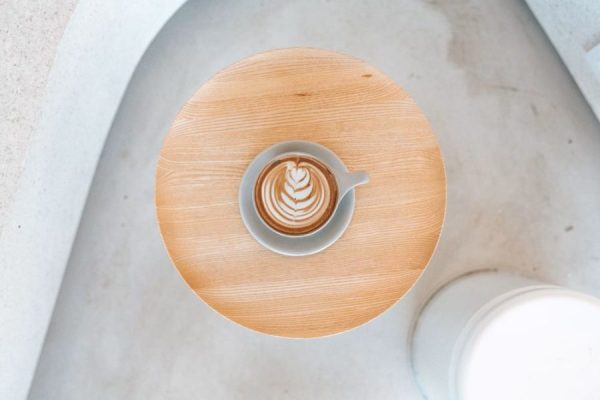If you want the perfect coffee, you go to a cafe, right?
Not so fast. While only professional baristas had access to quality coffee-making equipment and processes in the past, that’s changing fast. Today, it’s something you can easily do at home, as long as you follow the right processes and use the correct equipment.
The purpose of this post is to explain how to brew the perfect coffee in the comfort of your kitchen. We’ll run through everything, from finding the right coffee beans to adding flavours to finished brews. Remember, when it comes to making coffee, it’s a creative and artistic pursuit that goes well beyond procedure. So be experimental!
Find The Right Coffee Beans For You
The first step is to find the right coffee beans for you. The ones you choose will determine the ultimate flavour of the drink.
Various coffee beans are available, and they differ considerably from each other. Some provide bitterness, while others offer a deep, rich flavour. Some are good for mixing with flavours, while others are specifically for espresso and other “purist” coffee drinks.
When looking for beans, assess them for freshness. After roasting, distributors should put them in a foil-lined Mylar-style bag or moisture-proof container. If they don’t, the beans will oxidize in transport, altering how they taste.
If you have a coffee grinder at home, use it. Coffee tastes better when you freshly grind beans as opposed to getting the producer to chop them up first as grounds and send them to you. The bean’s structure acts as a natural protective barrier, locking the flavour within until you want to use it.
When storing coffee beans, keep them in airtight containers with moisture-absorbing silica pouches or similar. Water will quickly degrade the coffee and make it unsuitable for making drinks.
Grind Your Beans
If you want to recreate barista coffee in your home, you’ll need to grind your beans. Grinding them fresh brings out the best flavour, which is why all reputable coffee houses do it.
You’ll want to choose a different kind of coffee machine with a hopper or grinder attached. Don’t go for an instant machine. While these produce good results, they still aren’t the same as going through all the steps in the coffee-making process.
Grinders come in various grades that produce different coarsenesses of the bean. Some are motorized, and others you must grind by hand. Many have a hopper that dispenses beans into the grinding mechanism, which you can then use to brew the coffee.
You can use a cafetiere for this purpose, but using a machine that forces water through the grounds at pressure to release all the flavours is better. Neglecting this part of the process can lead to a weak-tasting coffee that doesn’t quite taste like the real thing on the palate.
Get Your Water-To-Coffee Ratio Right
The next step is to consider your water-to-coffee ratio. Getting this right can be the difference between a drink that sings and one that falls flat.
The best ratio of water to coffee depends on your brewing method. You’ll want to ensure you research thoroughly. For pour-over coffees, the ratio should be one part coffee to between 15 and 17 parts water. If you are using a French press, then the ratio is anywhere from one part coffee to 12 to 15 parts water. With an Aeropress, it’s between 1:12 and 1:16, and for espresso, it’s 1:1 or 1:2, depending on your distance from Italy. Cold brews are a little different from the rest, with ratios of 1:5 to 1:8 being the most acceptable.
You’ll need to measure your ingredients carefully. Always use an accurate scale for weighing your coffee beans. For instance, if you are making coffee in a French press, you’ll want to use 1 ounce of coffee to 15 to 17 ounces of water.
Choose The Right Water Temperature And Brewing Time
Water temperature and quality are also key. You’ll want to invest in a thermometer you can use to test the temperature to ensure you don’t burn the coffee grounds. Ideally, the temperature should be between 90°C and 96°C. If you boil the water more than that, it can damage the coffee bean, while lower temperatures won’t extract the coffee’s flavours adequately.
Brewing the coffee for longer will make it stronger. If you are using a drip system, the brew time is around 5 minutes. For a French press, it’s 2 to 4 minutes, depending on how much bitterness you want relative to oils. Espresso’s brew time is brief when made in a machine. Water only makes contact with the ground for about 20 to 30 seconds before the drink is ready.
Finally, water quality should be high, particularly if you are using a machine to brew coffee. Hard water areas can damage machines and coffee tastes best when you remove as many impurities as you can. Therefore, if you are serious about making great coffee, don’t use water directly from the faucet. Filter it first to remove the impurities, or buy distilled water for your machine.
You can play with these variables until you find a combination that works for you. Remember, it’s your taste buds that matter most at the end of the day.
Learn How To Pour And Serve
Many people can get to the brewing stage with no problems. The challenge comes with pouring and serving.
The proper technique is to pour the coffee over another medium (unless you’re drinking an espresso). For example, you begin by warming and frothing the milk. Then you make the espresso (if you’re using a machine), and pour it over the milk already in the serving glass.
If you are skilled, you can pour the milk in such a way that it makes a pattern on the foam of the drink. Skilled baristas often become so good at this, they can create images on demand.
You also want to ensure you serve the coffee at the right temperature. While brewing temperatures are high, drinking temperatures are much lower to avoid scolding. If you are serving espresso in water or milk, warm it to the desired temperature, usually around 55°C, and then add the coffee afterwards. This way, you can start drinking immediately, without having to blow on the drink or wait for it to cool down.
Fix Brewing Issues

If you taste the coffee and it’s not quite right, then you might have a brewing issue. The most common problem is under-extraction. That is, the water passing through the coffee beans fails to extract sufficient flavour, leaving the drink tasting bland.
You can change this by checking whether the temperature is high enough and, if you are using a machine, whether you are forcing the water through the grounds at a high enough pressure. You can also try brewing the beans for longer to see if that enhances the richness of the coffee’s flavour.
If the problem is over-extraction, then the opposite might be the case. You might be forcing too much water through the beans, or making the drink too strong. You can adjust this by reducing the pressure and checking the temperature of the brew. You can also reduce the brewing time if you are using any of the passive methods described above.
Experiment With Added Flavors
Finally, you might want to experiment with added flavours. Mixing cocoa or vanilla into coffees can improve the flavour significantly. You can add these ingredients in their natural form, or get syrup concentrates specially designed for adding to coffee.

